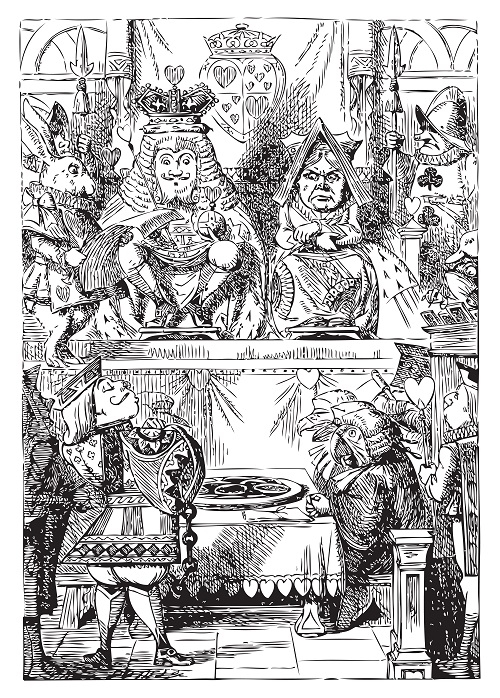
In scientific papers and other types of technical reports, the abstract provides a brief summary of the research and findings. If you’re doing a literature search to get the background on a particular research topic, you read the abstract to see whether it’s worth obtaining a copy of the whole paper.
An abstract is different from an executive summary. Some technical reports include both. The reader of the abstract is usually a technical person who may end up reading the whole report. The reader of the executive summary is usually a high-level executive who will probably not read anything further. The abstract focuses strictly on the technical aspects; the executive summary focuses on the business aspects. Both need to stand alone without reference to the report, so avoid abbreviations, acronyms, and specimen codes.
Because the abstract helps the reader decide whether to read the whole report, it behooves you to make it as informative as possible. It’s also important to write it as well as possible. No reader wants to wade through a lot of turgid prose to find the information they’re looking for. Edit out every unnecessary word.
Getting all the relevant information into such a short format requires a real mastery of the subject matter of the report. Ideally, you’ll write the abstract after you’ve completed the rest of the report to give yourself the best understanding of the material.
What’s in the abstract?
You can get everything you need from a short research paper into six sentences. For a longer research report, you should be able to do it in a page and a half.
The first sentence of the abstract (or the first paragraph for a long report) gives the context of the scientific investigation. That is, why did you do the work? What was the motivation? What problem were you trying to solve?
The next sentence gives the nature of the work—that is, what you did.
The next two sentences briefly detail the scope of the work—how and how many. If you wish, you can combine your description of nature and scope into a total of three sentences.
The next sentence gives the main findings. Here you’re only trying to get the most important one or two, so don’t worry about describing everything you learned from the investigation.
The last sentence gives the implications or significance of the findings. As with nature and scope, you can combine findings and implications into a total of two sentences.
Why an informative abstract?
Descriptive abstracts omit the findings and implications, as if the reader will be drawn to read the whole paper just to find out what happened. That is, the abstract is a “teaser” to get the reader to read the rest of the report.
As I see it, this practice does a real disservice to the reader. Someone doing a literature search may have ready access only to the abstract. Obtaining the full paper may entail considerable time to order it from the library. If the reader doesn’t have a subscription to the journal it’s in, he or she may have to pay for the full paper.
Consider that the informative abstract is not a “spoiler,” but a real help to the reader in obtaining the information he or she is looking for.
